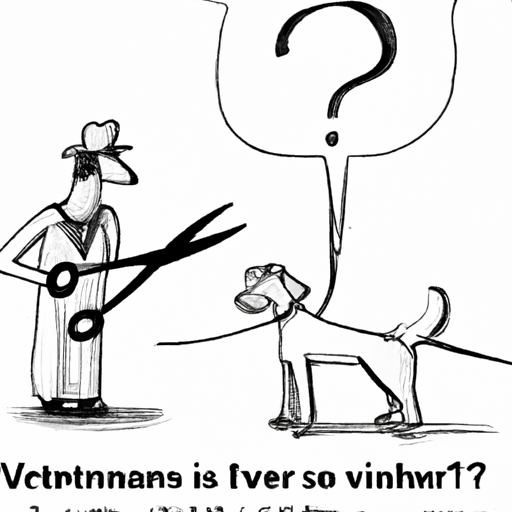A Historical Perspective
Let’s take a walk down history lane. Tail docking, the practice of removing a portion of a dog’s tail, has been around for centuries. Originally, it was believed that docking could prevent rabies, strengthen the dog’s back, and increase its speed. You might find it interesting that, in the past, dogs with long tails were often taxed more than those with short or docked tails. This led many owners to dock their dogs’ tails to avoid the extra expense.
The Modern Reasons
Fast forward to today, and you’ll find that the reasons for tail docking have evolved. Here are some of the most common:
- Medical Reasons: Occasionally, a dog may need its tail docked for health reasons. For example, if a tail is injured or diseased, docking might be the most humane solution.
- Breed Standards: Many breeders and dog show enthusiasts dock tails to meet breed standards. Some breeds, such as the Boxer or Doberman Pinscher, are often pictured with docked tails.
- Work and Safety: For working dogs, like hunting or herding breeds, a long tail can be a liability, getting caught in brush or slammed in doors.
The Controversy Around Tail Docking
You, as a caregiver, may be wondering about the ethical implications of tail docking. It’s a hot-button issue with strong arguments on both sides. Critics say it’s unnecessary and painful, while proponents argue it’s a minor procedure with long-term benefits.
Let’s break down these arguments:
- Against Tail Docking
- It’s painful for the dog.
- It deprives the dog of a vital form of communication.
-
It’s primarily done for cosmetic reasons.
-
For Tail Docking
- It’s a minor procedure when done at a young age.
- It can prevent injury in working dogs.
- It’s part of maintaining breed standards.
The Procedure and Aftercare
If you’re considering tail docking for your dog, it’s essential to understand the procedure and the necessary aftercare. Generally, tail docking is performed when puppies are just a few days old. The puppy’s tail is cut with a pair of scissors, and the wound is stitched or cauterized.
Post-procedure, it’s critical to keep the wound clean and watch for signs of infection:
- Regularly clean the area with mild soap and water.
- Monitor for redness, swelling, or discharge.
- Ensure the puppy is not excessively licking or biting at the wound.
FAQ
Q: Is tail docking painful for dogs?
A: Puppies are typically docked at a few days old, when their nervous systems are not fully developed. However, they likely still feel some discomfort.
Q: Is tail docking necessary for all breeds?
A: No. Tail docking is primarily done on specific breeds for traditional, work, or aesthetic reasons.
Q: Can tail docking be performed on an older dog?
A: While it’s possible, it’s more complicated and painful for older dogs and is generally discouraged unless medically necessary.
Q: Is tail docking legal everywhere?
A: No. Some countries have banned the practice unless it’s necessary for the dog’s health.
I hope this piece has helped you understand why dogs’ tails are cut and the controversy surrounding it. As a caregiver, it’s always important to consider your pet’s health and wellbeing above all else.



